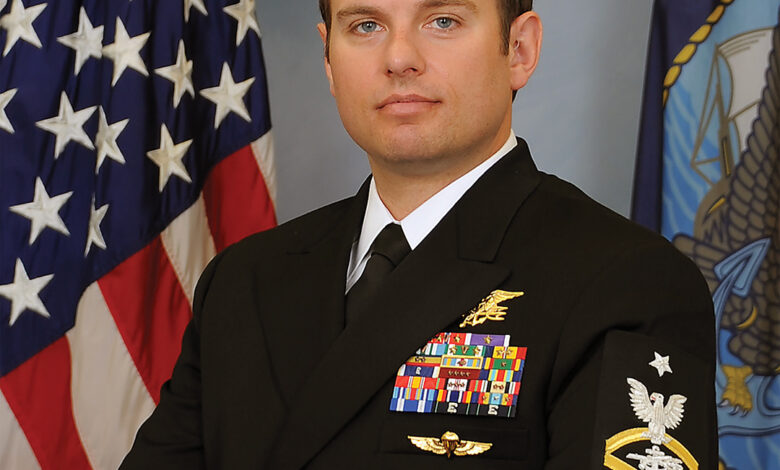
[ad_1]

(U.S. Navy)
In December 2012, in the Laghman Province of eastern Afghanistan, Senior Chief Special Warfare Operator Edward Byers of the U.S. Navy’s SEAL Team 6 burst into a one-room building occupied by armed Taliban fighters and their hostage, an American physician. The first man into the room, Petty Officer 1st Class Nicolas D. Checque, had been killed. On entering, Byers engaged and killed two Taliban, disabled a third and shielded the hostage with his own body as the rest of the SEAL team poured into the room, lighting it up with muzzle flashes. The hostage emerged unharmed.
For his actions Byers became the sixth Navy SEAL awarded a Medal of Honor. (As of 2022 seven SEALs have received MOHs.) Checque, 28, was awarded a posthumous Navy Cross.
Born in Toledo, Ohio, and raised in Grand Rapids, Byers joined the Navy in 1998. First serving as a corpsman, he completed SEAL training in 2003 and deployed multiple times to Iraq and Afghanistan prior to 2012.
That December 5 American aid worker Dr. Dilip Joseph and two Afghan colleagues were returning to Kabul after having visited a rural health center when Taliban fighters kidnapped them. Separating Joseph from his companions, his captors demanded $300,000 for the doctor’s release. Three days later SEAL Team 6 and Afghan commandos came calling.
Dropped by helicopter into the Qarghahi District of Laghman Province, the team hiked through the mountains for more than four hours to reach the building in which Joseph was being held. As the doctor recalled in his 2014 memoir Kidnapped by the Taliban, he’d spent a restless night and was trying to go back to sleep.
“The last thing I expected,” he wrote, “was for the world to explode.”
Just after midnight on December 9, as the rescue team approached the target compound, a sentry spotted them. Point man Checque shot the sentry and charged the building with Byers and teammates on his heels. Layered blankets shrouded the door to the building. As Byers worked to tear them down, Checque pushed through into the room and immediately was shot.
Byers followed. Spotting a Taliban aiming an AK-47 at him, the chief shot the man. Through his night-vision goggles Byers spotted another figure scrambling toward a rifle in a corner of the room. Diving atop the man, the chief straddled him while he got his bearings. Just then Joseph cried out in English. After killing the enemy fighter pinned beneath him, Byers leaped atop Joseph and shielded the doctor from gunfire. Sensing another figure coming at him from the side, Byers, while keeping Joseph secured safely beneath him, grabbed his assailant by the throat and held him against a wall until a teammate could address the threat.
“Unable to fire any effective rounds into the enemy,” read a Navy account of the action, “Chief Byers was able to restrain the combatant enough to enable his teammates to fire precision shots, eliminating the final threat within the room.”
In a television interview Byers recalled the firefight “took a minute or a minute and a half.” In that brief span the SEALs killed five Taliban and freed the hostage.
The team moved Joseph to a helicopter landing area while Byers, a certified paramedic, turned his attention to Checque, who’d been shot in the head. It was too late. The chief and others continued to perform CPR on him during the flight to Bagram Airfield, but on arrival the petty officer was declared dead.
Byers later referred to Checque as “the hero of the operation.”
This story appeared in the Winter 2024 issue of Military History magazine.
historynet magazines
Our 9 best-selling history titles feature in-depth storytelling and iconic imagery to engage and inform on the people, the wars, and the events that shaped America and the world.

[ad_2]
Source link





